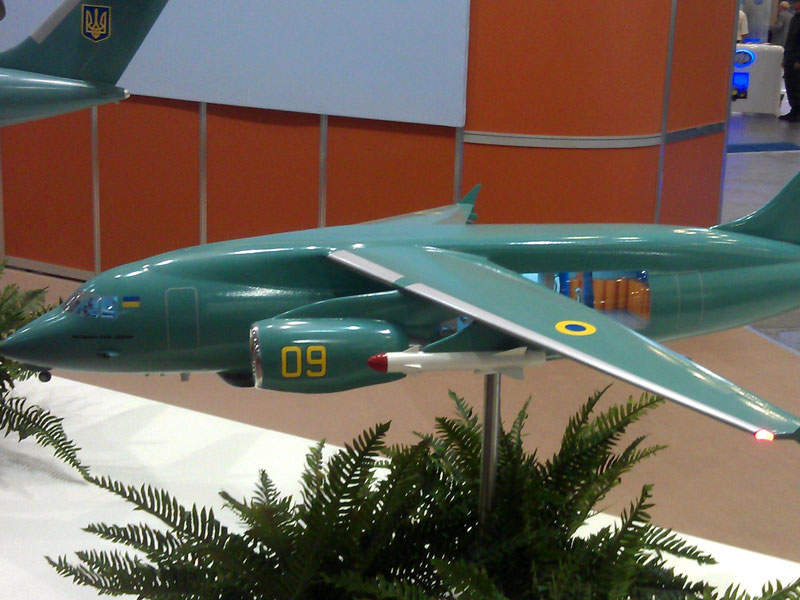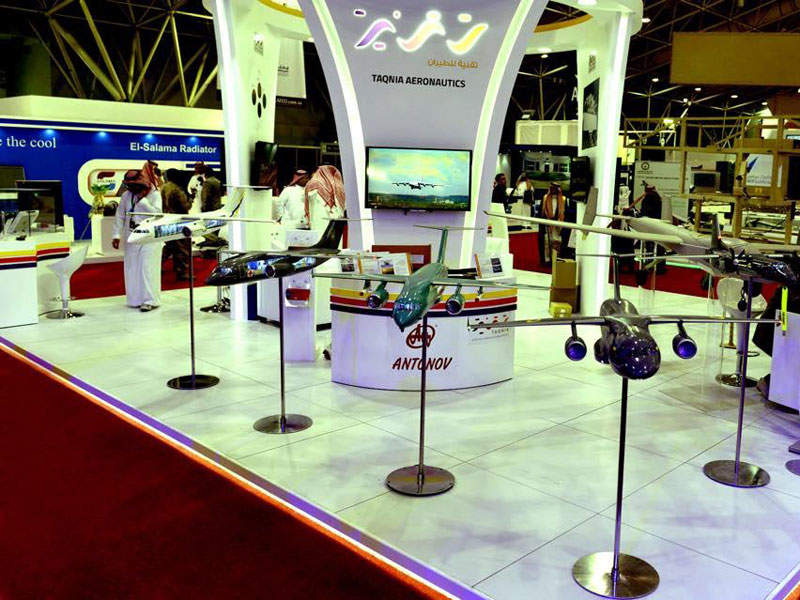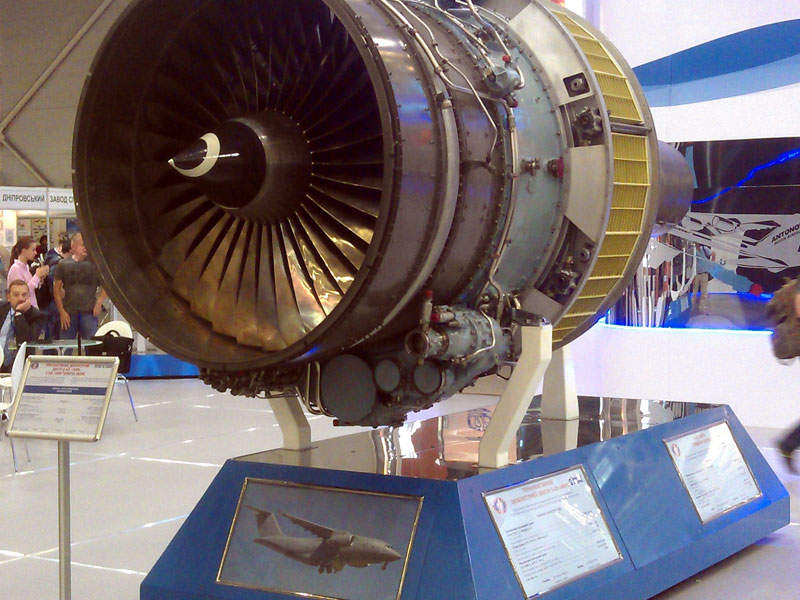An-148-300MP is a twin-engine maritime patrol aircraft being developed by Antonov, a state-owned aerospace and defence company headquartered in Kyiv, Ukraine. The aircraft is primarily intended for use by the Ukrainian Naval Forces.
It is designed to perform missions such as maritime patrol, search-and-rescue (SAR), maritime intelligence, surveillance and reconnaissance, electronic warfare, fuel transportation, electronic intelligence (ELINT), communications intelligence (COMINT), and transportation of military personnel and cargo.
Unveiled in 2013, the maritime patrol aircraft is part of the An-148 family of regional jet aircraft. It was offered to the Indonesian Navy during the Indo Defence Expo and Forum held in November 2016.
An-148-300MP maritime patrol aircraft design and features
The An-148-300MP’s airframe and interiors are designed with composite materials. It is 29.13m long and 8.2m high, with a maximum take-off weight of 43.7t.
The maritime reconnaissance aircraft, which is based on the An-148-300 long-range jet aircraft, features a high-wing assembly mounted above the fuselage.
The wings are moderately swept backwards and equipped with winglets to provide additional lift. The T-type tail configuration offers high aerodynamic performance.
The aircraft is fitted with a retractable tri-cycle landing gear, consisting of dual main double-wheeled main gears and one double-wheeled nose gear. The landing gear ensures safe take-off and landing on gravel as well as snow-covered runways.
Cockpit and cabin details
Located in the nose cone, the glass cockpit offers operators improved visibility through the large bullet-proof windows. Capable of accommodating up to four crew members, the cockpit incorporates fly-by-wire flight controls, multi-functional indicators, two-man flight deck with electronic flight instrument system, and modern avionics.
The An-148-300MP maritime reconnaissance aircraft features a spacious fuselage with two passenger doors and service doors, one each on the left and right sides.
The cabin can house a variety of SAR equipment, weapons and ammunition based on mission requirements. A ramp at ground level allows for quick loading and unloading of cargo by eliminating the need for a ground apparatus.
In SAR role, the aircraft can carry special rescue equipment to disaster areas. The special recovery aids can be airdropped with a parachute from the rear door of the cargo cabin or from pylons under the wing.
An-148-300MP aircraft weaponry
The An-148-300MP maritime patrol aircraft can carry up to two anti-ship missiles on underwing pylons attached to either side of the fuselage.
It can also be armed with guided and unguided rockets, 23mm cannon pods, gun containers, and depth charges.
An-148-300MP on-board sensors
The An-148-300MP employs advanced navigation and communications equipment as well as mission-specific sensors to provide intelligence, surveillance and reconnaissance information in adverse weather conditions, both during the day and at night.
The sensors include a 360° search radar, smoke floats, electronic support measures (ESM) system, side-looking airborne radar (SLAR), infrared (IR) / ultraviolet (UV) detection and COMINT antenna.
An electro-optical/IR camera is mounted under the nose to enable the detection and tracking of targets on the sea surface.
The aircraft is also provided with a microwave radiometer (MWR) and laser fluorosensor (LFS) to detect radiation emitted by the targets.
Safety equipment on board the maritime patrol aircraft
The maritime patrol aircraft is outfitted with a number of safety measures, including bullet-proof cockpit doors, crew communication devices, video surveillance systems, external fuel tanks and anti-theft devices.
AN-148-300MP aircraft engine and performance
The An-148-300MP maritime patrol aircraft is powered by two D436-148 turbofan engines, mounted beneath each wing.
Developed by Ivchenko-Progress State enterprise, each engine develops a thrust of 6,830kgf.
The aircraft can fly at a maximum cruising speed of 850km/h and offers a range of 7,000km. It can operate for approximately ten hours and its maximum cruising altitude is 12.2km.
It has the ability to withstand Arctic and tropical climatic conditions and is also provided with an auxiliary power unit to power the on-board electrical systems.





